Glycolysis Cycle – Steps and Enzymes (with Diagrams) In-Detail
Last reviewed by Editorial Team on February 27th, 2019.
Glycolysis is the process by which the sugar is split and the energy within the sugar is released.
It splits two molecules of three carbon sugar pyruvate. The glycolysis process is a complex one and the end products are two pyruvate molecules, two ATP molecules, and two electron carrying molecules of NADH.
It can occur with or without the aid of oxygen. In this article, we are going to tackle the steps necessary for the glycolysis process to take place. (1, 2)
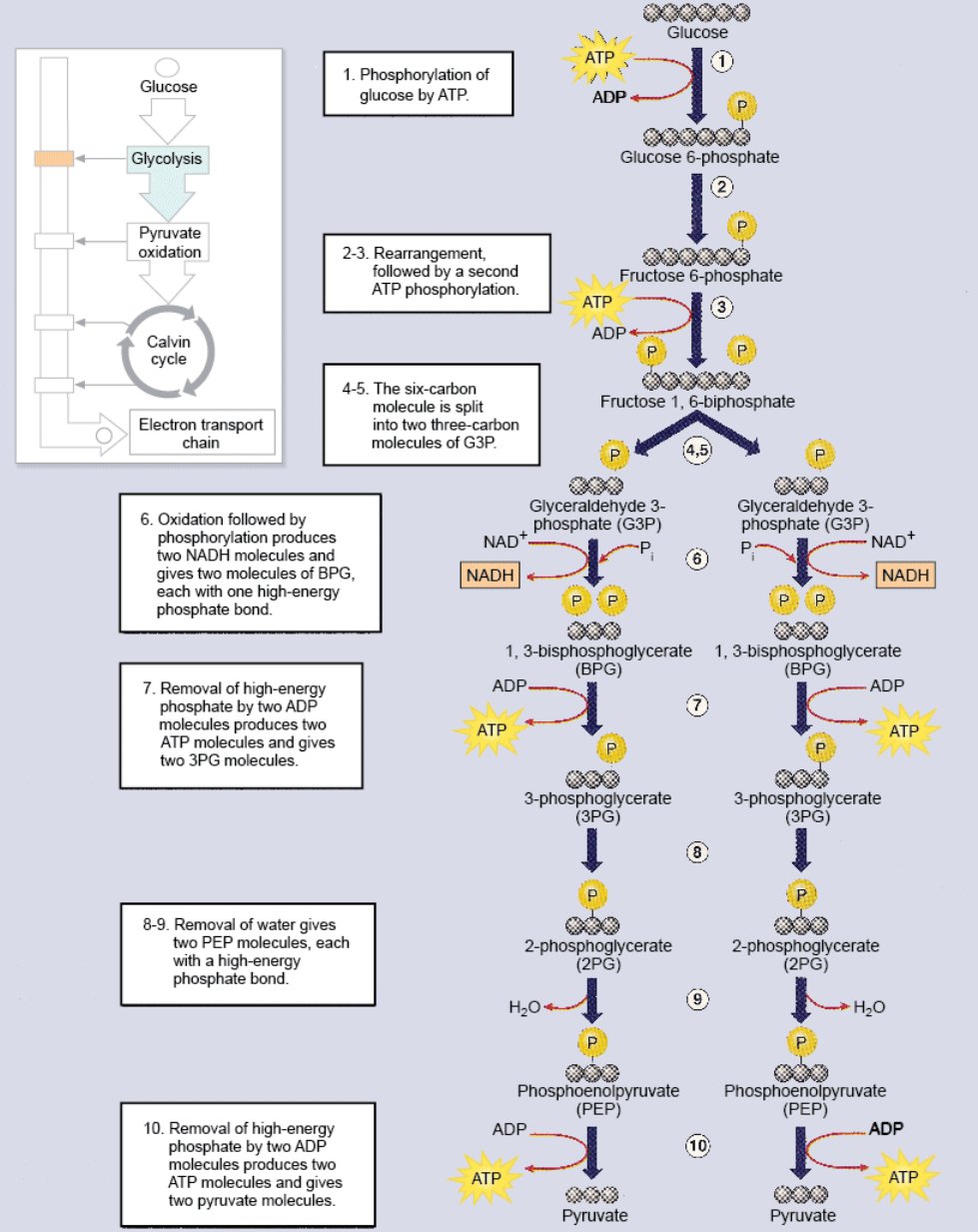
Image 1: The glycolysis cycle as shown in the diagram.
Picture Source: botanystudies.com
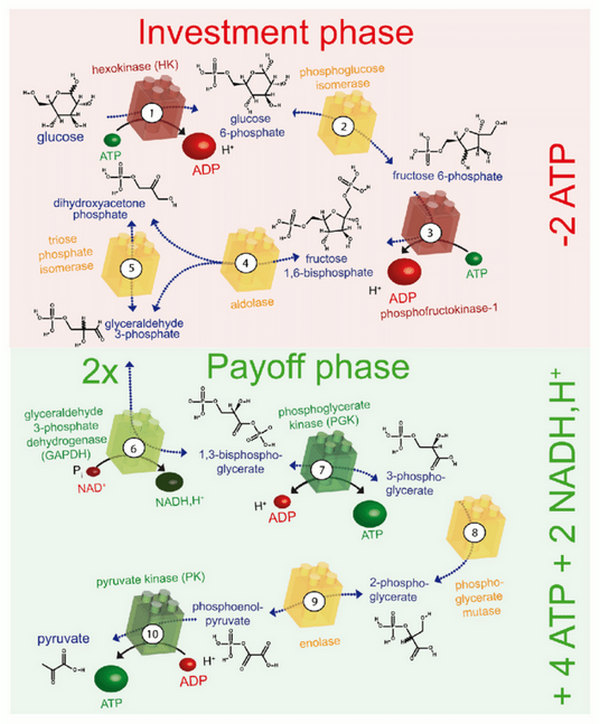
Picture 2: The glycolysis process with emphasis on the investment phase and payoff phase.
Photo Source: www.researchgate.net
What are the 10 steps of glycolysis?

Photo 3: The image shows the first five steps of glycolysis.
Image Source: ka-perseus-images.s3.amazonaws.com
#1 – Hexokinase

- The glucose enters the cell and through phosphorylation, a phosphate group from ATP is transferred to sugar. In the initial phase, D-glucose is converted into glucose-6-phosphate.
- It is called the hexokinase phase because hexokinase is the enzyme used for the first step to occur. In this step, the glucose ring is phosphorylated; a phosphate group is added to a molecule derived from the ATP.
- For the phosphorylation to take place, it needs the help of hexokinase. Phosphorylation is important as it makes the glucose more chemically reactive.
- The end product is glucose-6-phosphate. The first step of the glycolysis process is summarized in this equation Glucose (C6H12O6) + hexokinase + ATP → ADP + Glucose 6-phosphate (C6H13O9P). (1, 2, 3)
#2 – Phosphoglucose Isomerase

Image 4: The second step of the glycolysis cycle wherein glucose 6-phosphate is converted into fructose 6-phosphate.
Picture Source: images.tutorvista.com
- Glucose-6-phosphate is converted into fructose-6-phosphate with the help of the enzyme phosphoglucose Isomerase/glucose phosphate isomerase.
- The carbon-oxygen bond to transforms the six-membered ring into the five-membered ring.
- The entire step 2 process is summed up in this equation Glucose 6-phosphate (C6H13O9P) + Phosphoglucoisomerase → Fructose 6-phosphate (C6H13O9P). (3, 4)
#3 – Phosphofructokinase
Picture 5: Fructose 6-phosphate is converted to fructose 1,6-biphosphate with the help of phosphofructokinase.
Photo Source: images.tutorvista.com
- Fructose-6-phosphate is converted into fructose- 1,6-bisphosphate. It is called the phosphofructokinase phase because it needs the help of the enzyme phosphofructokinase for the reaction to take place.
- Phosphofructokinase uses ATP molecule to transfer a phosphate group to fructose 6-phosphate thereby forming fructose 1,6-bisphosphate.
- The third step is summed up in this equation Fructose 6-phosphate (C6H13O9P) + phosphofructokinase + ATP → ADP + Fructose 1, 6-bisphosphate (C6H14O12P2). (4, 5)
#4 – Aldolase
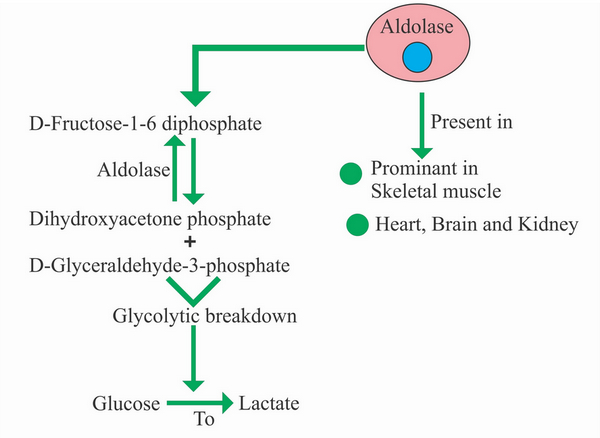
- With the help of aldolase, fructose 1,6-bisphosphate is split into two sugars: dihydroxyacetone phosphate (DHAP) and glyceraldehyde 3-phosphate (GAP).
- The equation for the fourth step is Fructose 1, 6-bisphosphate (C6H14O12P2) + aldolase → Dihydroxyacetone phosphate (C3H7O6P) + Glyceraldehyde phosphate (C3H7O6P). (3, 4)
#5 – Triphosphate isomerase
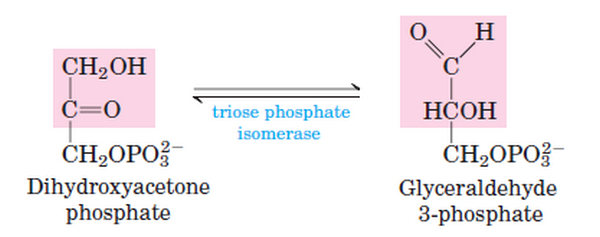
Photo 6: The diagram explains the fifth stage of glycolysis.
Image Source: laboratoryinfo.com
- Triophosphate isomerase converts the sugars dihydroxyacetone phosphate (DHAP) and glyceraldehyde 3-phosphate (GAP).
- Glyceraldehyde phosphate is removed and will be used in the next glycolysis step. The equation below sums up the entire process. (4, 5)
- Dihydroxyacetone phosphate (C3H7O6P) → Glyceraldehyde 3-phosphate (C3H7O6P)
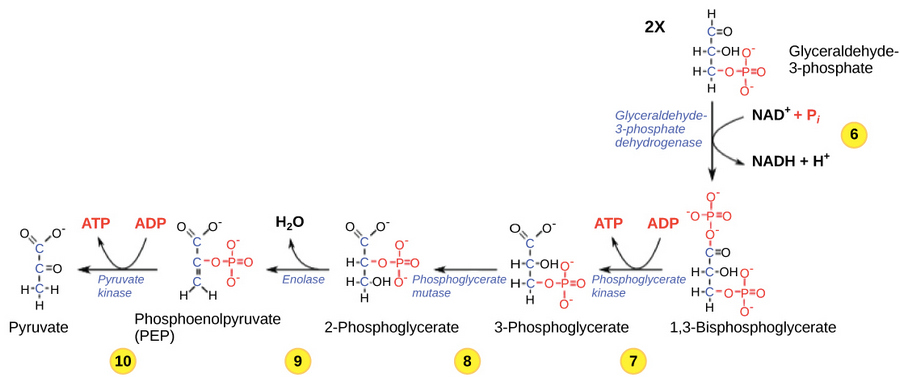
Image 7: The image shows the sixth to tenth steps of glycolysis.
Picture Source: ka-perseus-images.s3.amazonaws.com
#6 – Glyceraldehyde-3-phosphate Dehydrogenase

(The sixth phase of glycolysis as shown in the image above.)
- In the sixth step of the glycolysis, two events take place. The coenzyme nicotanamide adenine dinucleotide oxidizes glyceraldehyde-3-phosphate. Phosphorylation takes place by adding a free phosphate group. With the help of glyceraldehyde-3-phosphate dehydrogenase (GAPDH), the sixth step takes place.
Two equations explain the entire process:
- Triose phosphate dehydrogenase + 2 H- + 2 NAD+ → 2 NADH + 2 H+
- Triose phosphate dehydrogenase + 2 P + 2 glyceraldehyde 3-phosphate (C3H7O6P) → 2 molecules of 1, 3-bisphosphoglycerate (C3H8O10P2)
#7 – Phosphoglycerate

- The phosphoglycerate kinase enzyme converts 1, 3-bisphoglycerate into 3-phosphoglycerate. A phosphate group is lost and transferred to ADP molecule. Two molecules of ATP are synthesized which cancel the first two ATP molecules.
- In this stage of glycolysis, there is no ATP molecule. The equation for this step is 2 molecules of 1,3-bisphoshoglycerate (C3H8O10P2) + phosphoglycerokinase + 2 ADP → 2 molecules of 3-phosphoglycerate (C3H7O7P) + 2 ATP (5, 6)
#8 – Phosphoglycerate Mutase
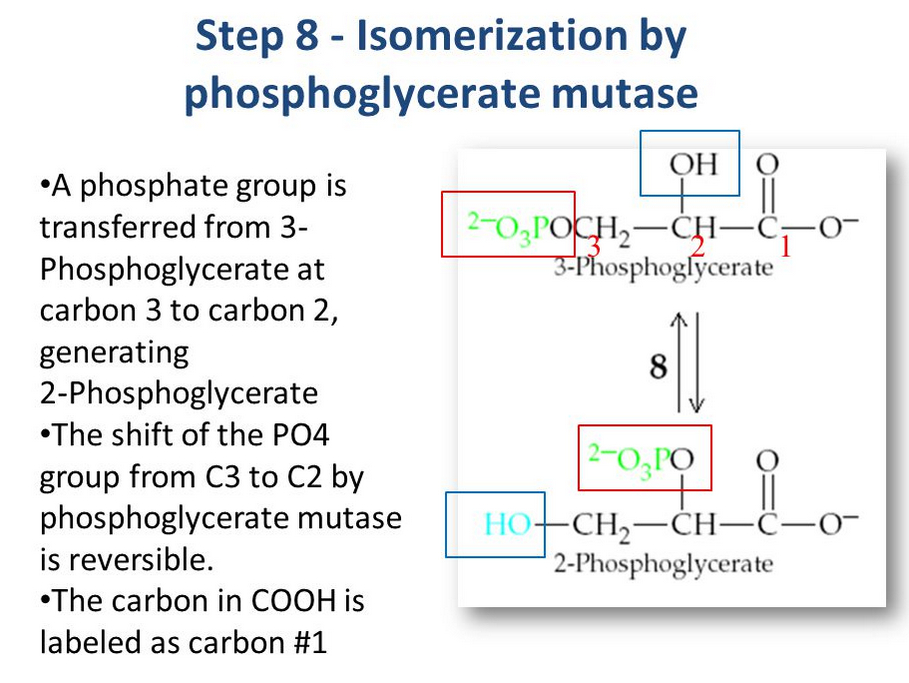
- The phosphoglyceromutase enzyme relocates the P from 3-phosphoglycerate; it moves from the third carbon to the second one thereby forming 2-phosphoglycerate.
- The entire process is explained in this equation 2 molecules of 3-Phosphoglycerate (C3H7O7P) + phosphoglyceromutase → 2 molecules of 2-Phosphoglycerate (C3H7O7P)
#9 – Enolase
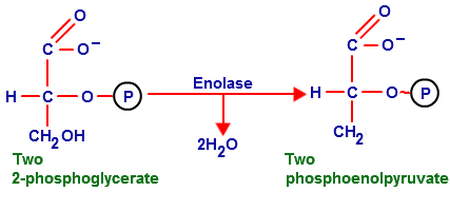
Picture 8: An enzyme enolase is needed to convert two 2-phosphoglycerate into two phosphoenolpyruvate.
Photo Source: images.tutorvista.com
- With the help of the enzyme enolase, a molecule of water is removed from 2-phosphoglycerate forming phosphoenolpyruvate.
- This equation explains the entire process 2 molecules of 2-Phosphoglycerate (C3H7O7P) + enolase → 2 molecules of phosphoenolpyruvate (PEP) (C3H5O6P) (6, 7, 8)
#10 – Pyruvate Kinase
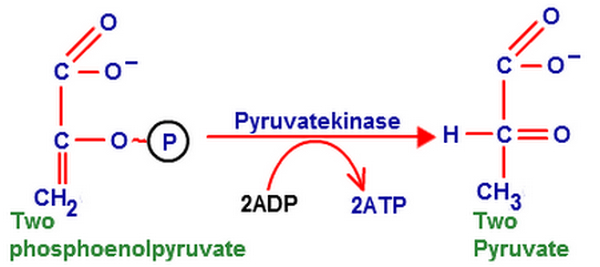
Photo 9: The final step of glycolysis.
Image Source: images.tutorvista.com
- It is the final step of glycolysis. It needs the help of the enzyme pyruvate kinase in order to transfer P from PEP to ADP thereby forming ATP and pyruvate.
- In this phase, two molecules of ATP and two molecules of pyruvate are formed. The equation below sums up the entire process. (9, 10)
- 2 molecules of phosphoenolpyruvate (C3H5O6P) + pyruvate kinase + 2 ADP → 2 molecules of pyruvate (C3H3O3-) + 2 ATP

Image 10: The image shows the end product of glycolysis which includes 2 ATP, 2 pyruvate + H2O and 2NADH +2H.
Picture Source: www.shmoop.com
To sum it up, the glycolysis process used a total of 2 ATP in the first to third steps, which are also called the energy investment phase. In the steps 7 to 10; also called the energy payoff phase, a total of 4 ATP is produced with a net gain of 2 ATP. The end product of the glycolytic pathway is two pyruvate molecules along with two molecules of ATP and two electron carrying molecules of NADH.
What are the reversible steps of glycolysis?
The reversible steps of glycolysis are steps 2, 4, 5, 6, 7, 8, and 9.
What are the irreversible steps?
The irreversible steps are 1, 3, and 10.
References:
- https://www.sparknotes.com/biology/cellrespiration/glycolysis/section1/
- https://www.khanacademy.org/science/biology/cellular-respiration-and-fermentation/glycolysis/a/glycolysis
- https://www.thoughtco.com/steps-of-glycolysis-373394
- https://alevelbiology.co.uk/notes/glycolysis-steps/
- https://courses.lumenlearning.com/wm-biology1/chapter/reading-glycolysis-2/
- https://www.cliffsnotes.com/study-guides/biology/biology/cellular-respiration/glycolysis
- https://laboratoryinfo.com/glycolysis-steps-diagram-energy-yield-and-significance/
- https://quizlet.com/17103156/10-steps-of-glycolysis-flash-cards/
- https://study.com/academy/lesson/anaerobic-respiration-glycolysis.html
- https://biologywise.com/glycolysis-steps
Similar Posts:
- Glycolysis Pathway – Definition and Summary
- Benedict’s Test
- Methyl Red Test
- Difference between DNA and RNA
- Indole Test
